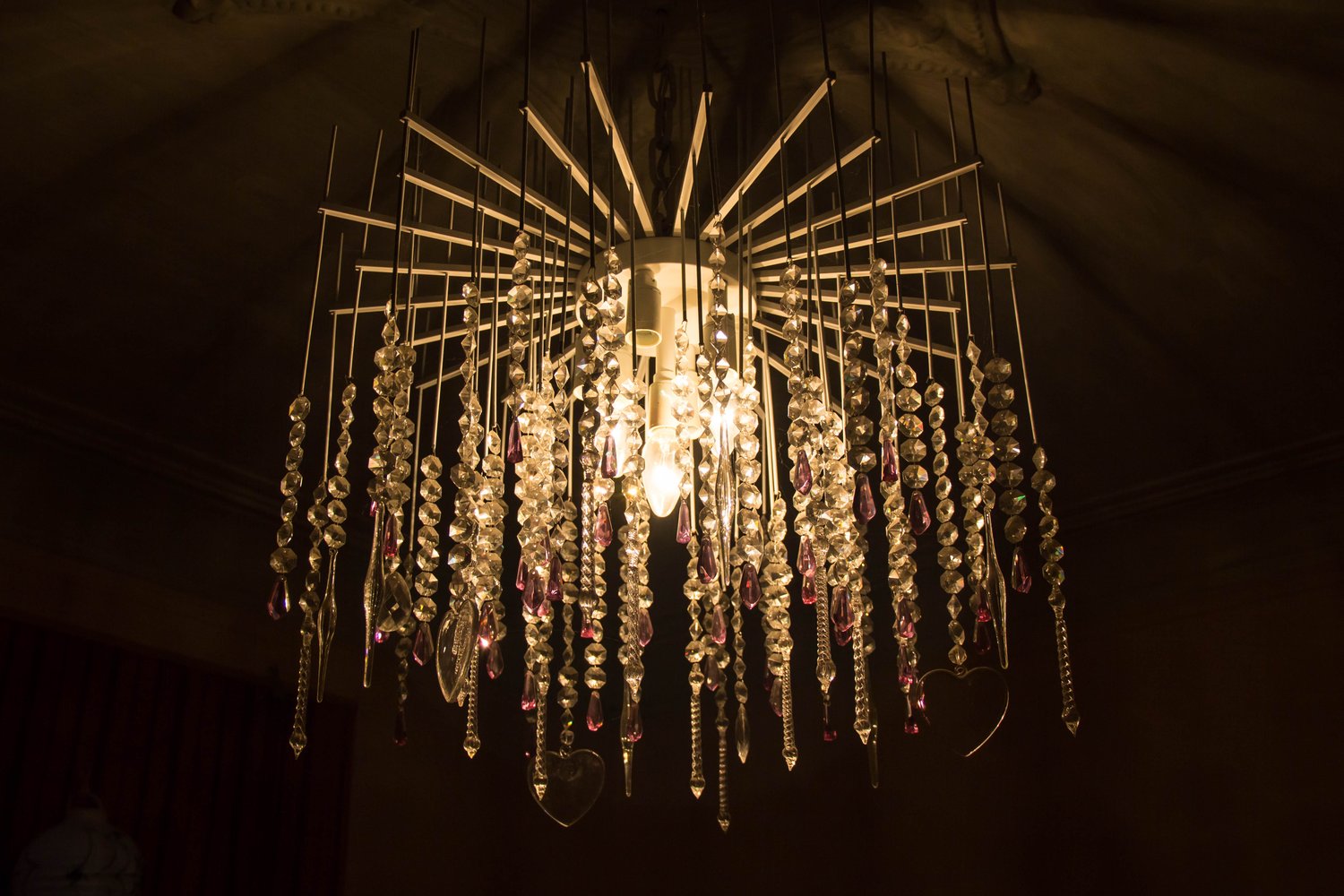Understanding Light sources for optimal illumination
Light sources play a crucial role in creating the right ambiance and functionality in any space. They come in various forms, including incandescent, fluorescent, and LED options. Each type has its unique characteristics and applications. Incandescent bulbs produce a warm, yellowish light but are less energy-efficient. Fluorescent lights offer better energy efficiency and a cooler light spectrum. Light sources based on LED technology have become increasingly popular due to their longevity and energy efficiency.
When choosing light sources, consider factors such as color temperature, measured in Kelvin (K). Lower values (2700-3000K) produce warm, cozy light, while higher values (5000-6500K) create a cooler, more energizing atmosphere. The brightness of a light source is measured in lumens, with higher values indicating brighter output. For example, a 60-watt incandescent bulb produces about 800 lumens, while an equivalent LED bulb might use only 9 watts to achieve the same brightness.
Understanding the Color Rendering Index (CRI) is also important when selecting light sources. This measure, ranging from 0 to 100, indicates how accurately a light source reveals the true colors of objects. A CRI of 80 or above is generally considered good for most applications. Natural daylight has a CRI of 100, serving as the benchmark for artificial lighting solutions.
Exploring the benefits of led sources in modern lighting
LED technology has revolutionized the lighting industry, offering numerous advantages over traditional light sources. These solid-state devices convert electricity directly into light, resulting in higher energy efficiency. led sources can last up to 50,000 hours or more, significantly reducing replacement frequency and maintenance costs. They also generate less heat, making them safer and more suitable for heat-sensitive environments.
Another benefit of LED sources is their versatility in design and application. They come in various shapes, sizes, and color temperatures, allowing for creative lighting solutions. LEDs can be dimmed without color shift, providing flexible control over light intensity. These sources are also more environmentally friendly, containing no mercury and producing less waste due to their long lifespan.
LED technology continues to evolve, with improvements in efficiency and color quality. The latest LED sources can achieve a CRI of 90 or higher, rivaling the color rendering capabilities of incandescent bulbs. Some advanced LED systems even offer tunable white light, allowing users to adjust color temperature throughout the day to support natural circadian rhythms.
Choosing the right E27 led bulbs for your home
E27 led bulbs are popular replacements for traditional incandescent bulbs in home lighting. These bulbs feature a standard screw base that fits most common light fixtures. When selecting E27 led bulbs, consider the desired brightness and color temperature. A 60-watt equivalent LED bulb typically produces around 800 lumens, suitable for general room lighting.
Color temperature is another crucial factor in choosing E27 LED bulbs. Warm white (2700-3000K) creates a cozy atmosphere ideal for living rooms and bedrooms. Cool white (4000-4500K) works well in kitchens and workspaces. Daylight (5000-6500K) is best for task lighting or areas requiring high visibility. Some E27 LED bulbs offer color-changing capabilities, allowing you to adjust the ambiance with a remote control or smartphone app.
When installing E27 LED bulbs, ensure compatibility with existing dimmer switches. Not all LED bulbs are dimmable, and those that are may require specific dimmer types. Check the packaging or product specifications for dimming information. Also, consider the beam angle of the bulb, which affects light distribution. A wider beam angle (e.g., 240 degrees) provides more dispersed light, while a narrower angle (e.g., 120 degrees) creates more focused illumination.
Maximizing efficiency with GU10 led bulbs in spotlight applications
GU10 led bulbs are designed for spotlight fixtures, commonly used in kitchens, bathrooms, and accent lighting. These bulbs feature a twist-and-lock base and typically have a narrow beam angle for focused illumination. GU10 led bulbs come in various wattages and brightness levels, usually ranging from 3 to 7 watts, equivalent to 35-50 watt halogen bulbs.
When choosing GU10 LED bulbs, consider the desired light output and beam angle. A typical GU10 LED bulb might produce 350-400 lumens, suitable for most spotlight applications. Beam angles for these bulbs generally range from 25 to 40 degrees, with narrower angles creating more focused light. For accent lighting or highlighting specific objects, choose a narrower beam angle. For general area lighting, a wider beam angle may be more appropriate.
GU10 LED bulbs offer significant energy savings compared to halogen alternatives. A 5-watt GU10 LED can replace a 50-watt halogen bulb, reducing energy consumption by up to 90%. These bulbs also generate less heat, making them safer and more comfortable in enclosed fixtures. When installing GU10 LED bulbs in existing fixtures, ensure they are compatible with any control systems, such as dimmers or smart home devices.
Upgrading to led tubes for efficient commercial lighting
LED tubes are an excellent option for replacing traditional fluorescent tubes in commercial and industrial settings. These energy-efficient alternatives come in various lengths and wattages to fit existing fixtures. led tubes offer several advantages, including lower energy consumption, longer lifespan, and improved light quality.
When selecting LED tubes, consider the appropriate length and type for your fixtures. Common lengths include 2-foot (600mm), 4-foot (1200mm), and 5-foot (1500mm) options. LED tubes are available in different configurations, such as direct wire (ballast bypass) or plug-and-play (ballast compatible). Direct wire installations may require rewiring the fixture but offer better long-term efficiency and compatibility.
LED tubes typically provide better light distribution and uniformity compared to fluorescent tubes. They start instantly without flickering and maintain consistent light output throughout their lifespan. Many LED tubes offer a lifespan of 50,000 hours or more, significantly reducing maintenance costs. When upgrading to LED tubes, consider the color temperature and lumen output to ensure appropriate lighting levels for the space.





